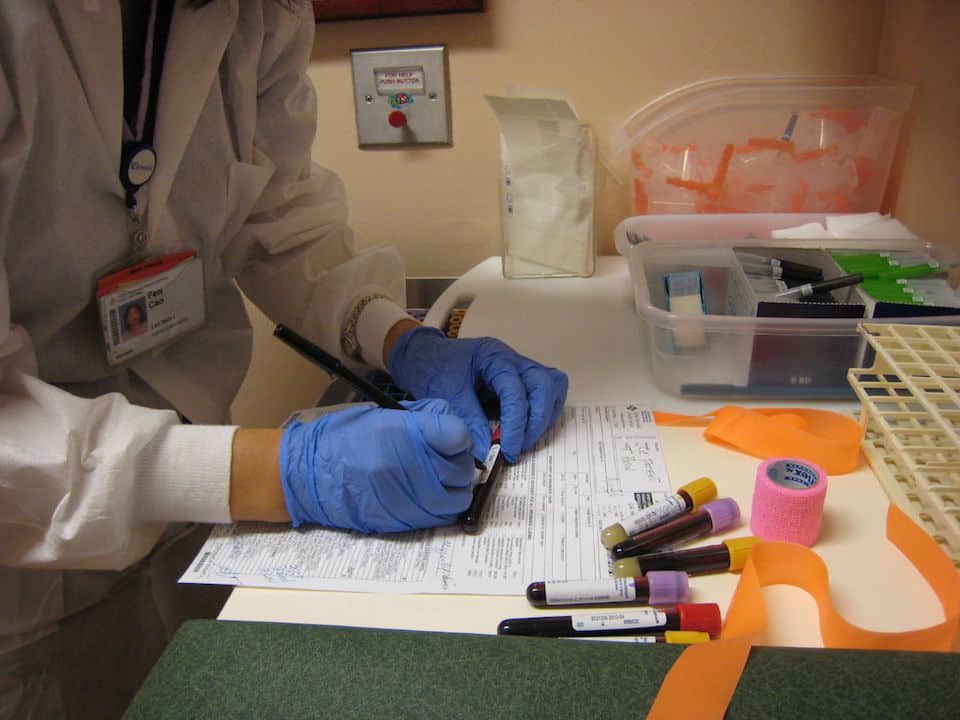With increasing advances in technology and testing methods, the half-life of facts in science seems to grow shorter and shorter. Certain dogmas are being challenged and occasionally overturned. In a finding published earlier this month in Science, Dr. John Dick and his team from the Princess Margaret Cancer Center, which is affiliated with the University of Toronto, have discovered a new explanation for understanding how stem cells make human blood. The new findings suggest that the textbook view of blood development, set from the 1960s onward, may not have existed at all.
“What we find [instead] is that the decision by the stem cell to become a mature blood cell happens very quickly, they don’t go through a slow gradual process like what was thought before,” said Dick.
The conventional theory was that blood stems cells had to go through intermediate steps in order to become mature blood cells. In an interview with University Health Network (UHN), Dick uses the metaphor of the glass prism and white light to describe blood cell development. “You have white light shining through the glass. Blood stem cells are like the white light. They have all the colors of the rainbow in them, and as they become more and more specialized, the colors of the rainbow get broken off one at a time, and at the bottom you have all of the colors that represent the different types of blood cells.”
In addition to the faster transition from stem cell to mature blood cell, their findings also propose that the process of blood development differs in the fetal and adult stages.
“In the adult, there is this two-tiered development system, where the stem cells are multipotent, but the progenitors are unipotent and don’t have the intermediate stages,” explained Dick. “This decision to become a mature blood cell comes right out of the stem cell compartment.” In contrast, his team reports that in the fetal stage the stem cells and progenitors are a more multipotent system.
This redefined model sets the stage to further the understanding of a variety of human blood disorders. Dick uses the example of aplastic anemia, where the body doesn’t produce enough new blood cells because of improper bone marrow development. “Aplastic anemia has not been properly clarified,” he said. “What we have realized is that some progenitors are still around in aplastic anemia, so using this new model they could be potentially ‘guided’ to become mature blood cells right out of stem cell compartment. That is something we wouldn’t have known using the old textbook view.”


